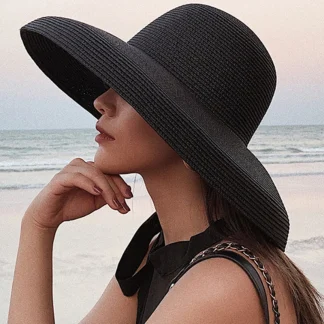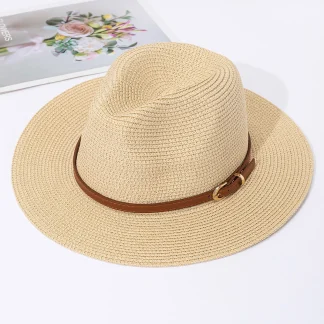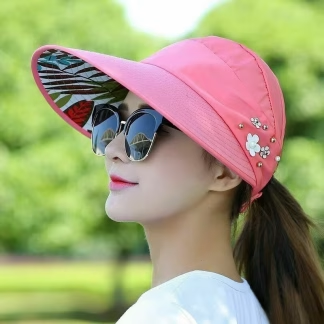Showing 1–42 of 52 results
Showing 1–42 of 52 results
Discover the Evolution of Gardening Hats:
Immerse yourself in the rich history of gardening hats, where functionality meets style in the world of outdoor fashion. From humble beginnings to becoming essential accessories for gardeners and outdoor enthusiasts alike, these products have evolved to embody both practicality and charm, shielding from the elements while making a statement of personal style.
Unveiling the Origins of Gardening Hats:
These products trace their origins back centuries, deeply rooted in the agricultural practices of ancient civilizations. Early gardeners and farmers fashioned rudimentary head coverings from woven plant fibers or broad leaves to protect themselves from the sun's harsh rays and adverse weather conditions. These early items were more utilitarian than fashionable, serving a crucial role in safeguarding the wearer's well-being during long hours of outdoor labor.
In medieval Europe, gardening hats began to take on more structured forms as craftsmanship advanced. Peasants and laborers wore brimmed items made from wool or straw, offering protection against both the sun and rain while working in fields and gardens. These items were often simple in design but reflected the practical needs of those working in agriculture.
The Renaissance of Gardening Hats:
The Renaissance period marked a significant shift in the evolution of these pieces, as they became more than just protective gear. Wealthy landowners and aristocrats commissioned elaborate items adorned with feathers, ribbons, and intricate embroidery, not only to shield themselves while tending to their gardens but also as symbols of status and fashion.
During this era, gardening hats became synonymous with leisurely pursuits in beautifully manicured gardens, where elegance and functionality merged seamlessly. These products crafted from fine fabrics such as velvet and silk became fashionable among the upper classes, reflecting a newfound appreciation for outdoor aesthetics and horticulture.
The Rise of Gardening Hats in the Victorian Era:
The Victorian era witnessed the refinement and popularization of these items among women of means. Bonnets adorned with delicate lace and floral embellishments became fashionable choices for ladies tending to their private gardens. These products not only protected from the sun but also complemented the intricate dresses and parasols of the period, creating a picturesque scene of outdoor elegance.
Meanwhile, men's gardening hats evolved into sturdy yet stylish accessories, often made from felt or straw and featuring wide brims to shield the face and neck from sunlight. These products were favored by gentlemen who took pride in their gardens and sought both practicality and sartorial sophistication in their outdoor attire.
Industrialization and the Modern Gardening Hat:
With the advent of industrialization in the 19th century, these options became more accessible to the masses. Mass production allowed for the creation of affordable yet durable items made from materials like cotton canvas and woven straw, catering to the growing interest as a recreational activity.
Gardening clubs and societies further popularized the wearing of specialized hats designed for specific tasks. Wide-brimmed item provided ample shade for those cultivating delicate plants, while waterproof pieces became essential for gardeners working in rainy climates.
Technological Advances and Contemporary Gardening Hats:
In the 20th century, advancements in materials and design propelled products into the realm of modern fashion and functionality. Synthetic fibers and lightweight fabrics revolutionized item construction, offering improved breathability and comfort for outdoor activities.
Today, gardening hats continue to evolve with the times, blending traditional aesthetics with innovative features. High-performance materials offer UV protection and moisture-wicking properties, catering to the needs of environmentally conscious gardeners who value both sustainability and style.
Embracing Gardening Hats as a Lifestyle Choice:
Beyond their practical benefits, these products have become symbols of a lifestyle centered around outdoor living and environmental stewardship. They embody a commitment to nurturing plants and cultivating beauty in outdoor spaces, while also serving as fashionable accessories that reflect personal taste and passion.
Whether worn in a backyard vegetable patch or a sprawling botanical garden, gardening hats continue to inspire and protect, preserving a timeless connection to nature and the traditions of horticulture. With each item telling a story of craftsmanship and resilience, they remain essential companions for gardeners of all ages and backgrounds, celebrating the enduring allure of outdoor pursuits.
Choosing the Perfect Gardening Hat:
Discover the perfect product to suit your style and practical needs. From classic items for sunny days to waterproof designs for rainy weather, explore a range of options that combine functionality with flair. Whether you're a seasoned gardener or just starting out, find these items that complements your adventures and enhances your outdoor experience.
Embrace the tradition and versatility of gardening hats, where heritage meets innovation in every stitch and brim. With these items by your side, cultivate beauty, protect yourself from the elements, and express your love with timeless elegance and practicality.
Conclusion:
In conclusion, the history of these products are a testament to their enduring appeal and practicality in outdoor settings. From ancient origins to contemporary designs, these items have evolved alongside changing fashion trends and technological advancements, while remaining steadfast in their role as essential accessories for gardeners around the world.
Whether cherished for their protective qualities, admired for their aesthetic charm, or worn as symbols of personal style, these items continue to captivate and inspire generations of outdoor enthusiasts. As we look towards the future, these options will undoubtedly continue to thrive, serving as both functional tools and beloved fashion statements in the gardens of tomorrow.
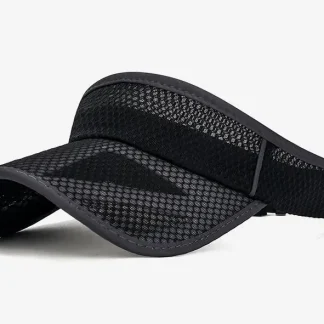
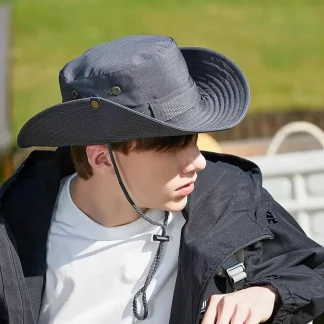
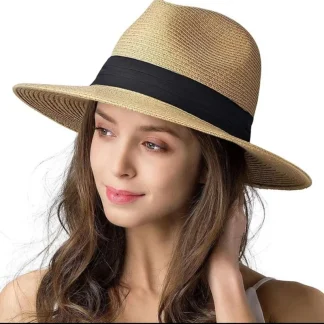 + 2
+ 2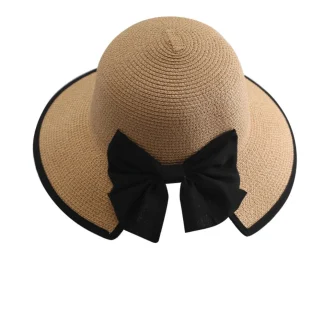
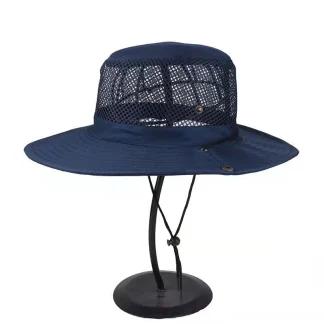
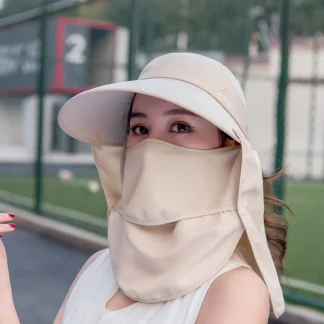
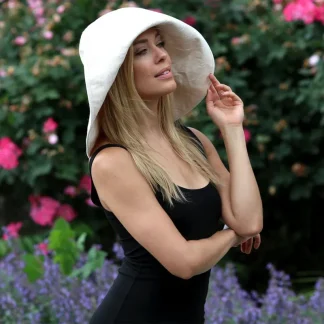
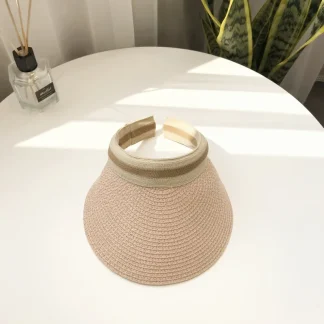
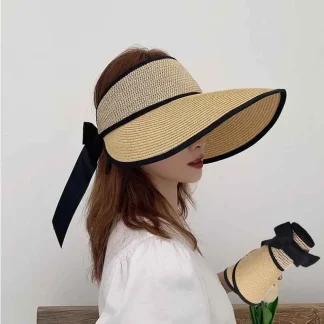
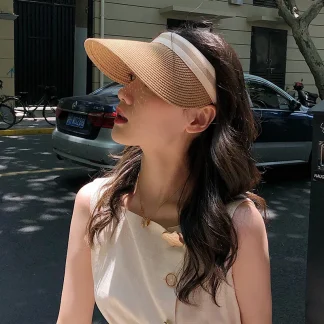 + 7
+ 7
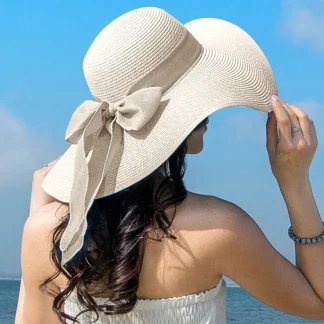
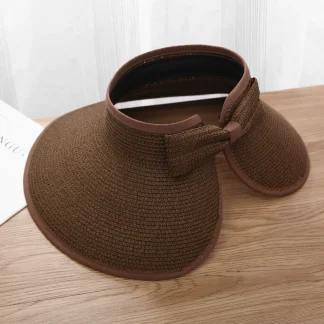 + 4
+ 4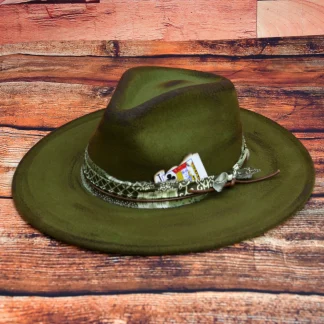

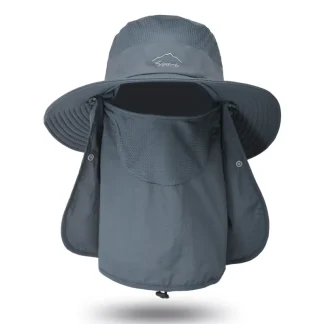
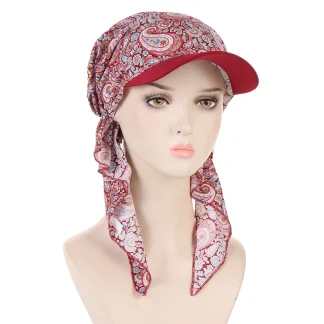 + 1
+ 1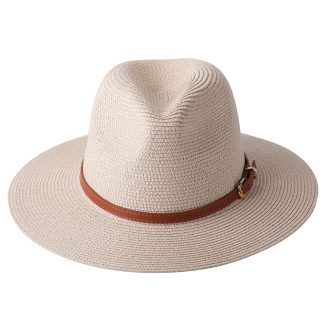 + 13
+ 13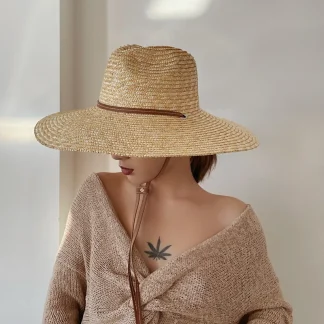
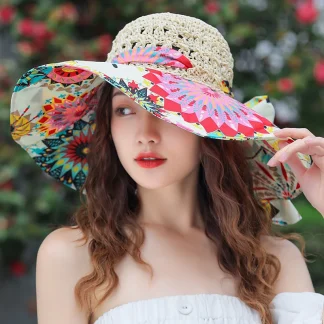
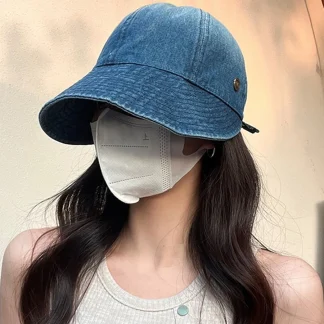
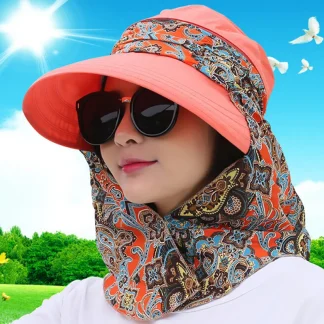 + 6
+ 6
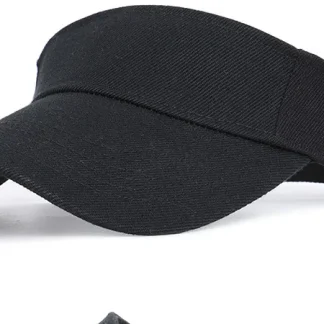 + 7
+ 7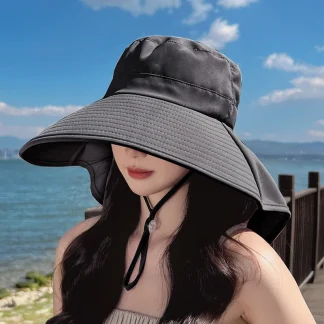
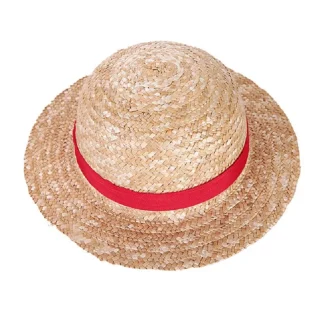
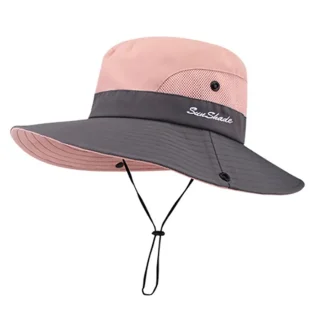
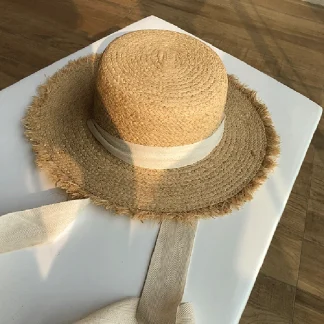
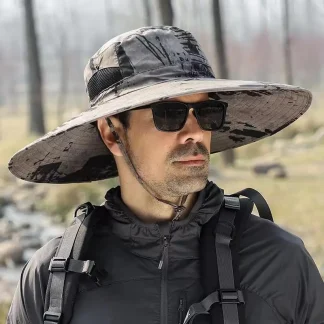
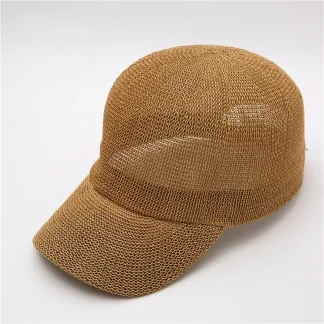
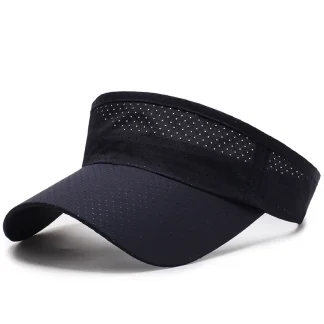
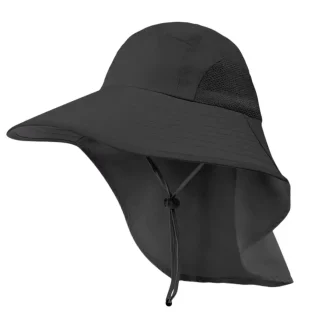

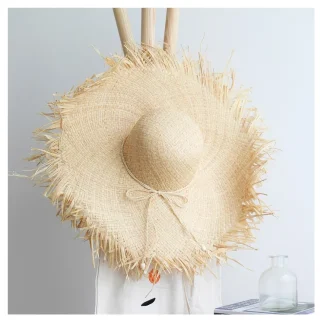
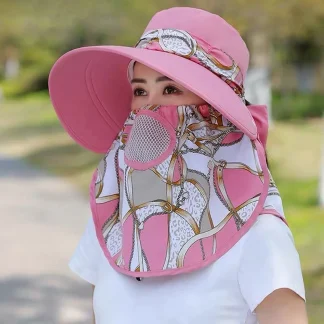

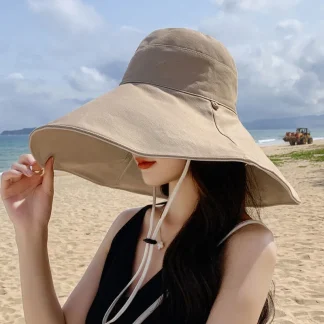
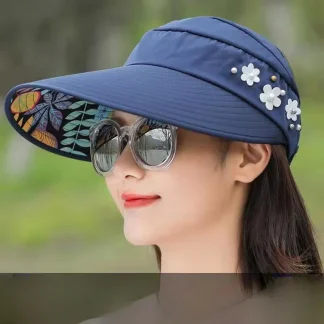 + 6
+ 6